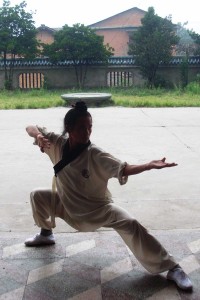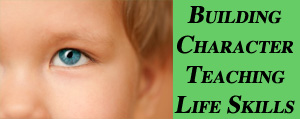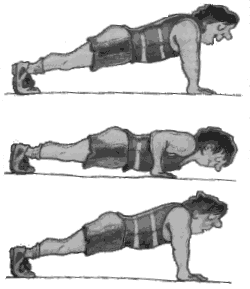Friday July 22, 2011 Annapolis, MD – Balanced Life Skills students and families came together and made 150 jump ropes that will be sent with Brian Williams and Think Kindness to an orphanage in Kenya. The name of the orphanage is Tumaini. Through the very high temperatures and high humidity the outside work was done, like cutting and sanding the handles and carturizing the ends of the rope, while taping the handles and putting the ropes together was done inside Balanced Life Skills studio.
Children as young as 3 helped while mom’s and dad’s and students of all ages did there share of the work. With some volunteers arriving at 9 AM all 150 jump ropes were completed by 12:30 PM. This was a great effort by over 30 volunteers, as they made very quick work of the project. Balanced Life Skills Martial Arts encourages all of their students to take part in community service as a part of their training in the martial arts.
Last year, I had the privilege of traveling with Think Kindness to Kenya and spend time at the orphanage, delivering shoes, school supplies and jump ropes. In addition as a group we were able to help them purchase chickens for their use on the grounds that will compliment the gardens that feed the children.
Late this year in December, I will be returning to Kenya with Brian and others, including doctors, dentist and nurses, to assist in the establishment of a medical clinic, and of course, spend some time with the children. Spending time with the children is so exciting, as they all have a story and you must just love their smiles. I hope you enjoy the video we made of making the jump ropes.
Here is a link to some of the photos we took at the jump rope making event. PHOTOS



 Here is how we might reach that goal by taking action.
Here is how we might reach that goal by taking action.